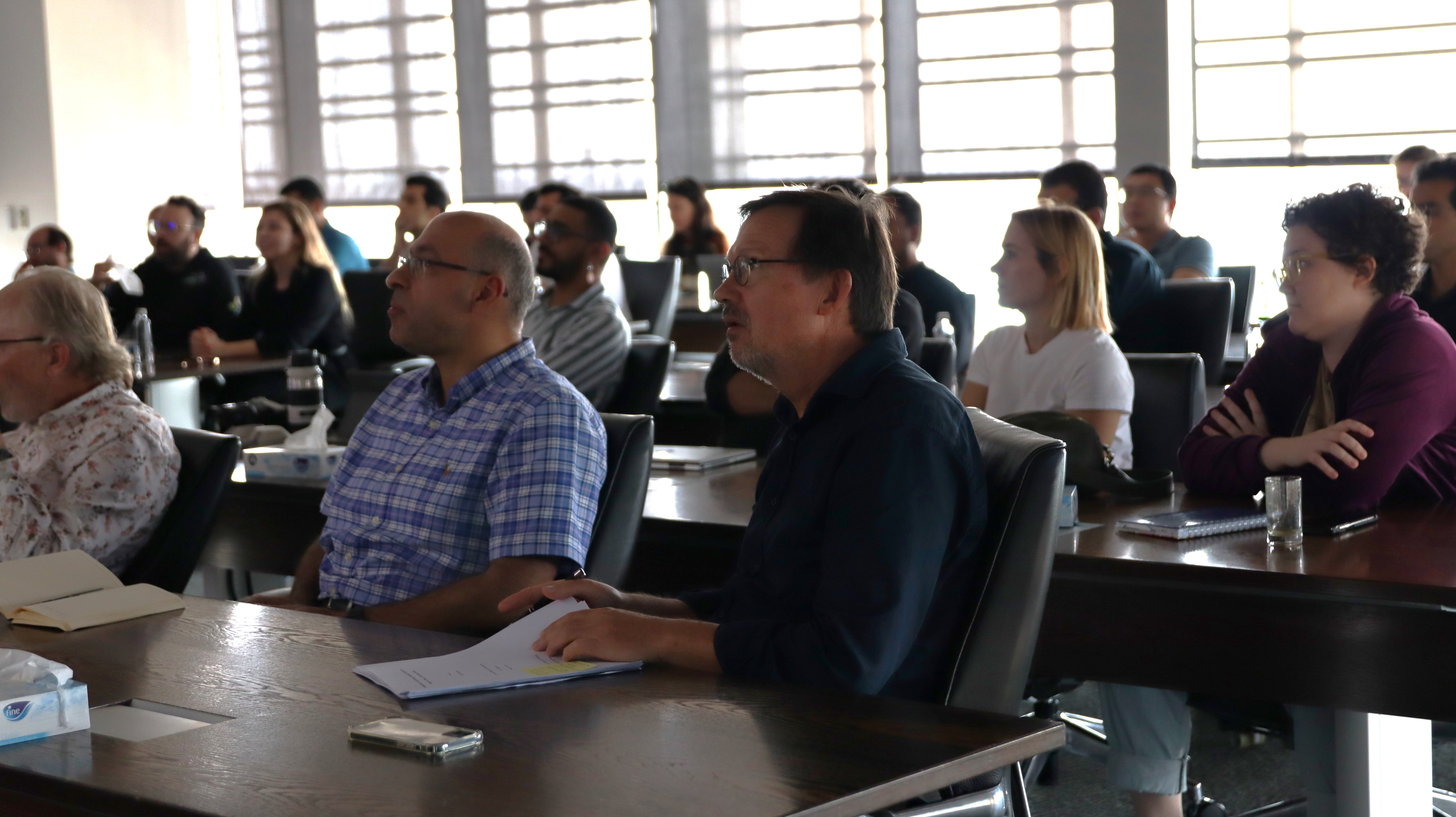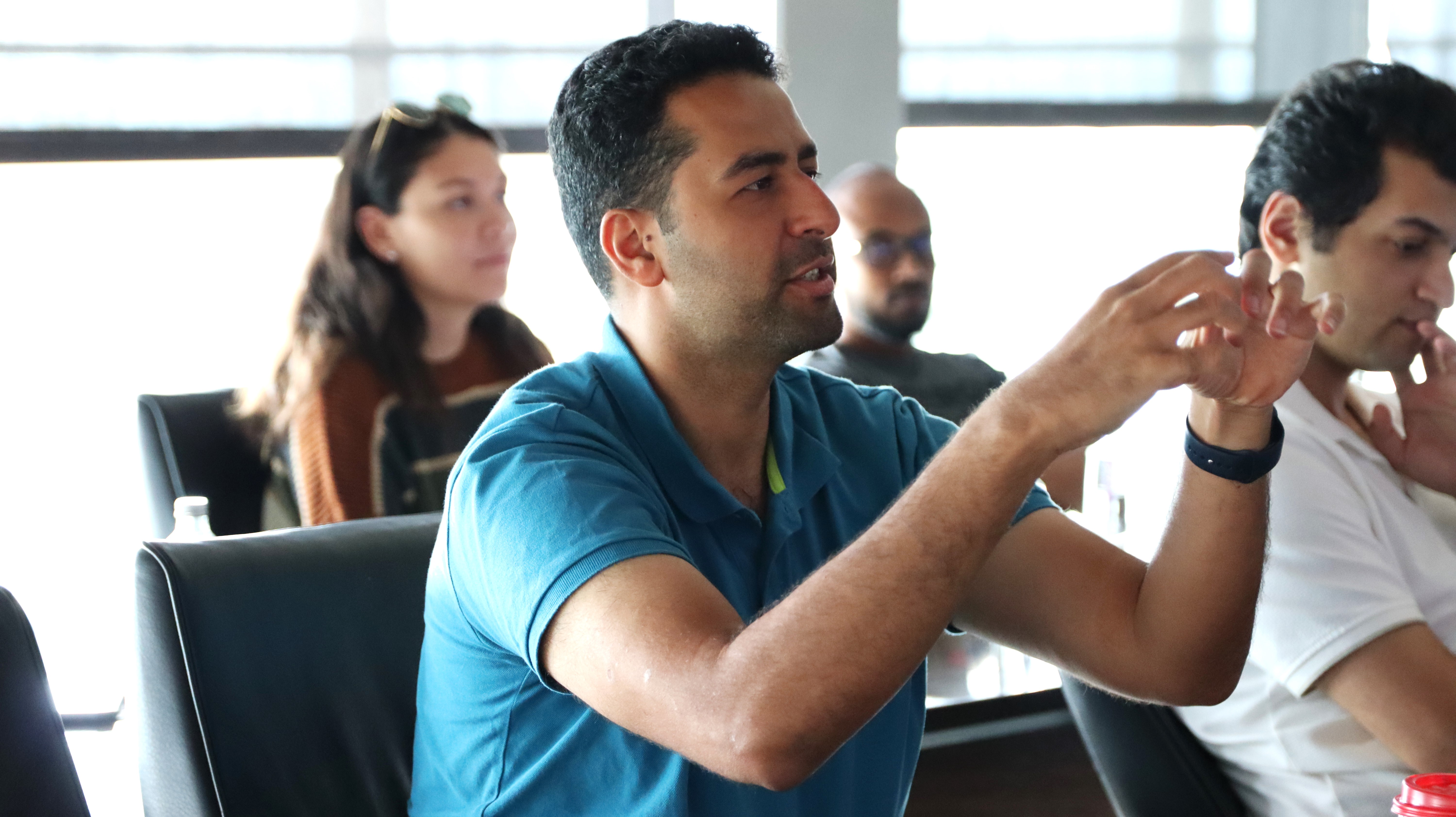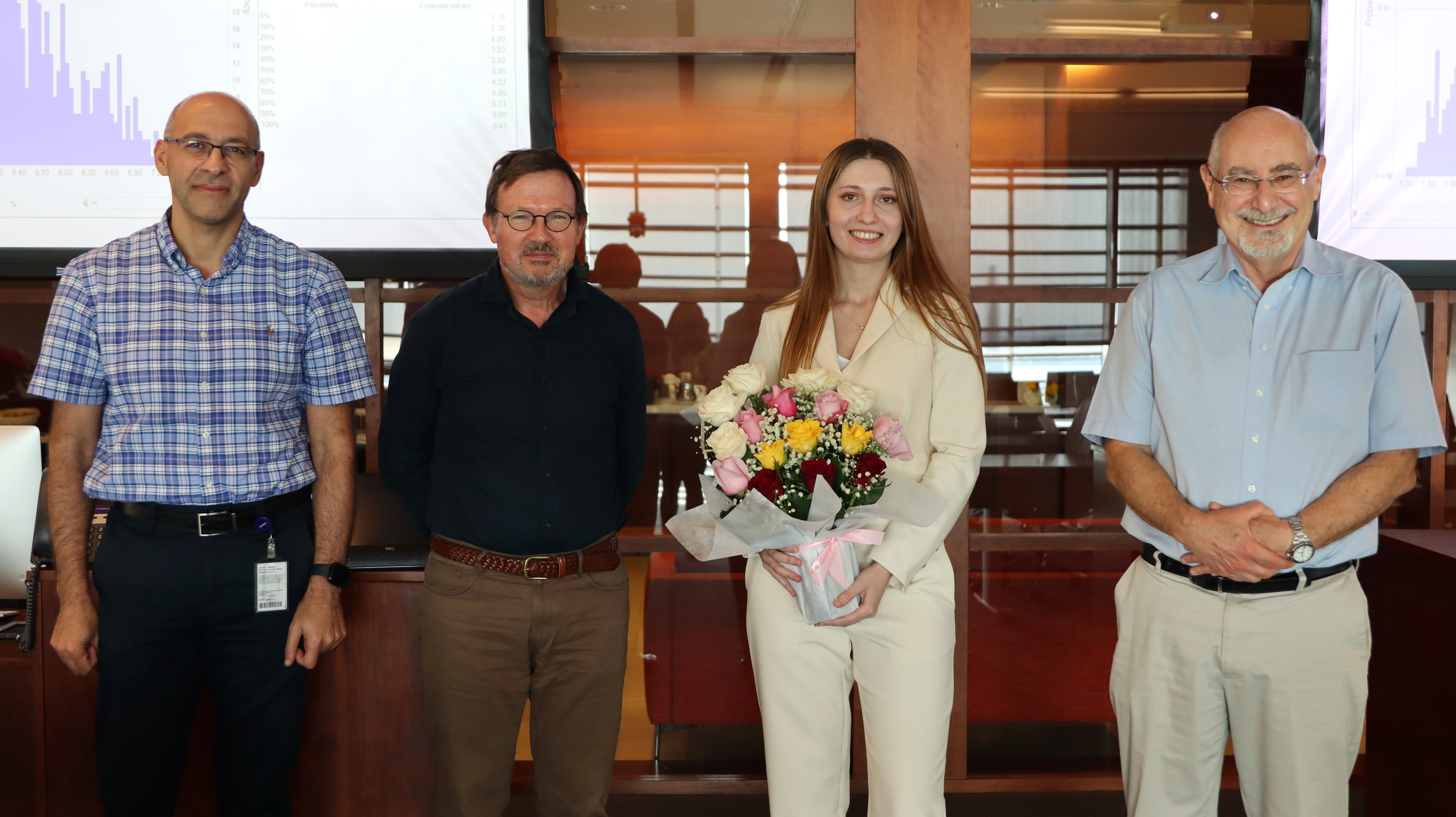
22 November, 2023
Congratulations to Aytaj Khodayeva on successfully defending her MSc thesis on 22 November 2023. Aytaj's thesis assessed the CO2 Storage Potential in Hawtah and Nuayyim Trends, Central Saudi Arabia. Aytaj's research was mentored by Professor Abdulkader M. Alafifi.
Thesis Abstract
The increasing concentration of greenhouse gases from fossil fuel usage significantly affects climate change and global warming. Many countries are committed to reducing CO2 emissions and transitioning toward a more sustainable energy future. The Carbon Circular Economy approach has been developed as part of the Kingdom of Saudi Arabia's strategy to attain net-zero emissions by 2060.
Considering that fossil fuels remain the primary source of energy, carbon capture and storage (CCS) is a crucial technology for mitigating CO2 emissions from industrial processes. CCS is a promising approach for the long-term storage of captured CO2 in geological formations, especially in saline aquifers. Numerous studies have been published to identify physical mechanisms during CO2 storage and predict the evolution of injected CO2 in saline aquifers. However, research on the suitability of the geological CO2 storage sites in Saudi Arabia is limited to the basin scale level, emphasizing the necessity for site-specific evaluation.
This study represents a comprehensive evaluation of the geological CO2 storage potential of the Unayzah Formation in central Saudi Arabia. Corrales et al. 2022 assessed the CO2 storage capacity of the Unayzah formation in Saudi Arabia. However, the current study covers a more extensive area of Unayzah formation and extends its investigation over longer CO2 injection and monitoring periods. The geological model for the Unayzah formation, encompassing the Hawtah and Nuayyim trends area, was constructed using data sets from the reliable public domain. Later, we used dynamic simulations to model storage capacity, the migration of the CO2 plume, and trapping mechanisms influencing the storage efficiency. In base case simulation, we located 11 CO2 injection wells below the Nuayyim trend, and each well injected 1Mt of CO2 annually for 75 years, followed by 900 years of monitoring. Finally, the effect of hysteresis, salinity, vertical-to-horizontal permeability ratio, and injection rate on CO2 trapping was investigated. This study presents a significant step towards addressing carbon emissions and developing CCUS in Saudi Arabia.
 Aytaj Khodayeva presenting her thesis
Aytaj Khodayeva presenting her thesis


 A photo moment with the Thesis Committee members: From L-R, Prof. Hussein Hoteit (Committee Chair ), Prof. Frans Van Buchem, Aytaj Khodayeva, and Prof. Abdulkader M. Alafifi (Thesis Advisor).
A photo moment with the Thesis Committee members: From L-R, Prof. Hussein Hoteit (Committee Chair ), Prof. Frans Van Buchem, Aytaj Khodayeva, and Prof. Abdulkader M. Alafifi (Thesis Advisor).